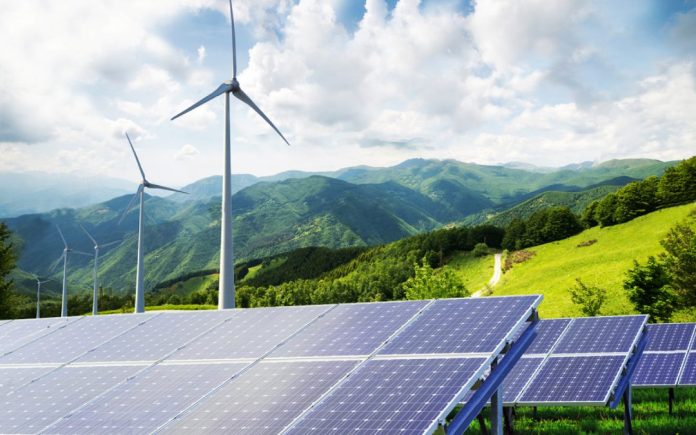The recent sanctioning of the Rs 20,773.70 crore Inter-State Transmission System for the 13 Gigawatts Renewable Energy Project (REP) in Ladakh marks a significant stride towards sustainable development and energy security in India. This ambitious endeavour, approved by the President of India, underscores a commitment to harnessing renewable resources and overcoming formidable challenges posed by the region’s terrain and climate. Although the project was announced several years ago, the sheer magnitude of this undertaking necessitated a considerable period to ascertain its feasibility, secure land allocations, and navigate through various bureaucratic formalities.
The high solar insolation levels make Ladakh an ideal location for large-scale renewable energy projects. However, the absence of infrastructure for power evacuation has been a bottleneck in unlocking Ladakh’s renewable energy potential. The workable time window is limited, and the extreme temperatures present a persistent challenge. These conditions indeed make this project a daunting test for any implementing agency. The approved transmission system, the first of its kind in the world for such challenging terrain, is poised to address this critical need. The intricate technical interplay between diverse energy sources, encompassing hydroelectric, thermal, nuclear, and other non-fossil fuel-based forms of power generation, demands a degree of precision that can only be matched by a select few nations. Green energy corridors, once a distant aspiration only a few years ago, have now transitioned from dreams to tangible reality, owing to the unrelenting efforts of the Government.
The successful execution of this project will require innovative engineering solutions tailored to the region’s challenging topography and climatic conditions. Specialised materials, such as advanced steel for transmission towers, will be utilised to withstand extreme temperatures and ensure the reliability of the infrastructure. Moreover, state-of-the-art technology will be deployed to mitigate the risks associated with avalanche-prone areas and ensure the resilience of the transmission system. The involvement of key stakeholders, including POWERGRID, the Ministry of New and Renewable Energy, and CEA, underscores the collaborative effort required to realise this ambitious undertaking. Close monitoring and coordination will be essential to ensuring the timely completion of the project and adherence to quality standards.
The significance of this project extends beyond Ladakh, as it will benefit the entire Northern Grid, encompassing regions such as Jammu and Kashmir, Himachal Pradesh, Punjab, and Haryana. The integration of renewable energy into the grid is imperative for reducing dependency on fossil fuels and mitigating the adverse impacts of climate change. By enabling the transmission of clean energy from remote regions to urban centres, this project aligns with India’s commitment to reducing carbon emissions and transitioning towards a greener economy.
Furthermore, the project emphasises the importance of sustainable development practices, with measures in place to minimise environmental impact and protect wildlife habitats. Stringent guidelines will govern the route selection for transmission lines, prioritising the avoidance of forested areas and sensitive ecosystems. The deployment of optical ground wire technology highlights the project’s forward-thinking approach towards enhancing communication networks in remote areas. By providing direct optical fibre connectivity between Ladakh and other regions, we will also promote digital connectivity and socioeconomic development. In parallel with infrastructure development, the project underscores the importance of capacity-building and skill-development initiatives to empower local communities and create employment opportunities. Leveraging the PM-Gati Shakti National Master Plan, efforts will be made to optimise logistical planning and streamline project execution, maximising efficiency and minimising disruptions.
Beyond meeting immediate energy needs, investments in renewable energy infrastructure lay the foundation for long-term resilience and prosperity. It may take some time, but the power of innovation and expertise has made India a global leader in renewable energy deployment, inspiring others to follow suit in the transition towards a cleaner, brighter future. The approval of the Inter State Transmission System (ISTS) for the REP in Ladakh heralds a new era of progress and possibility. It is a testament to an unwavering commitment to sustainability, resilience, and inclusive growth.


